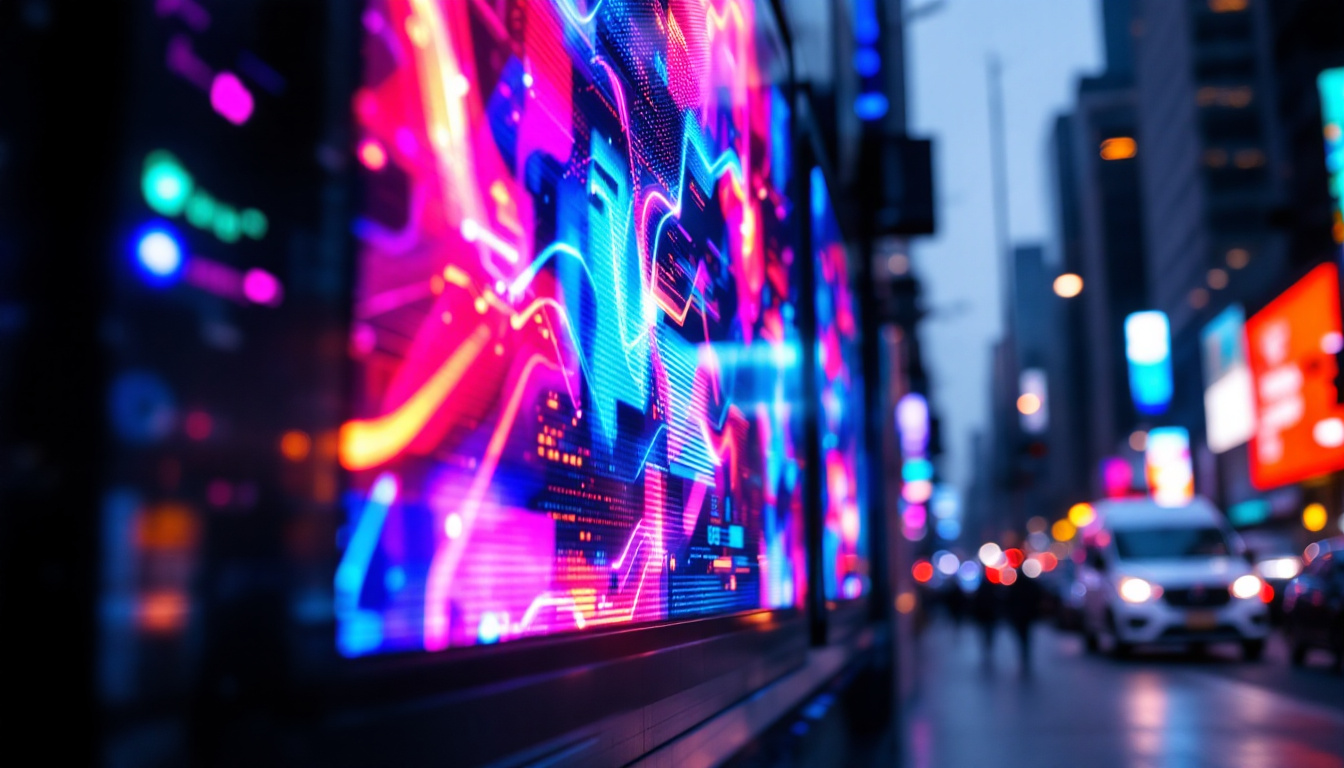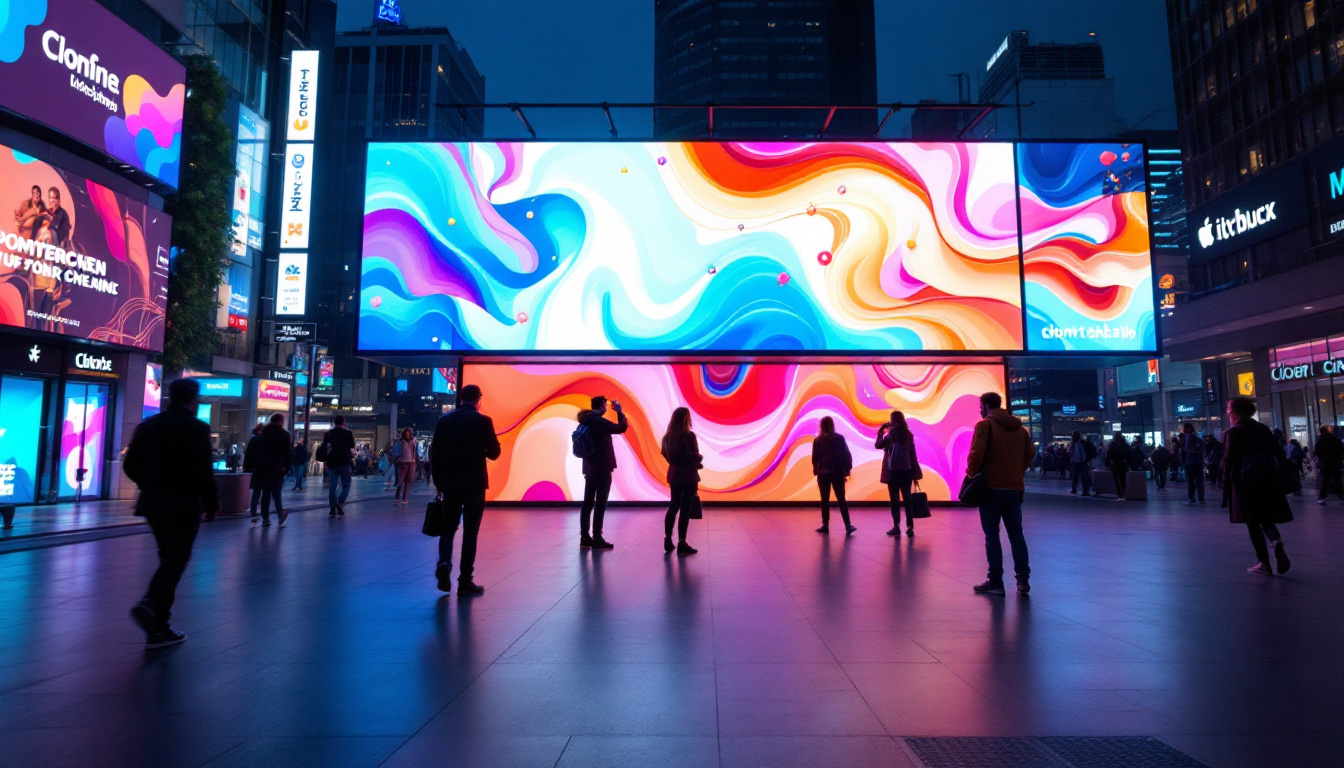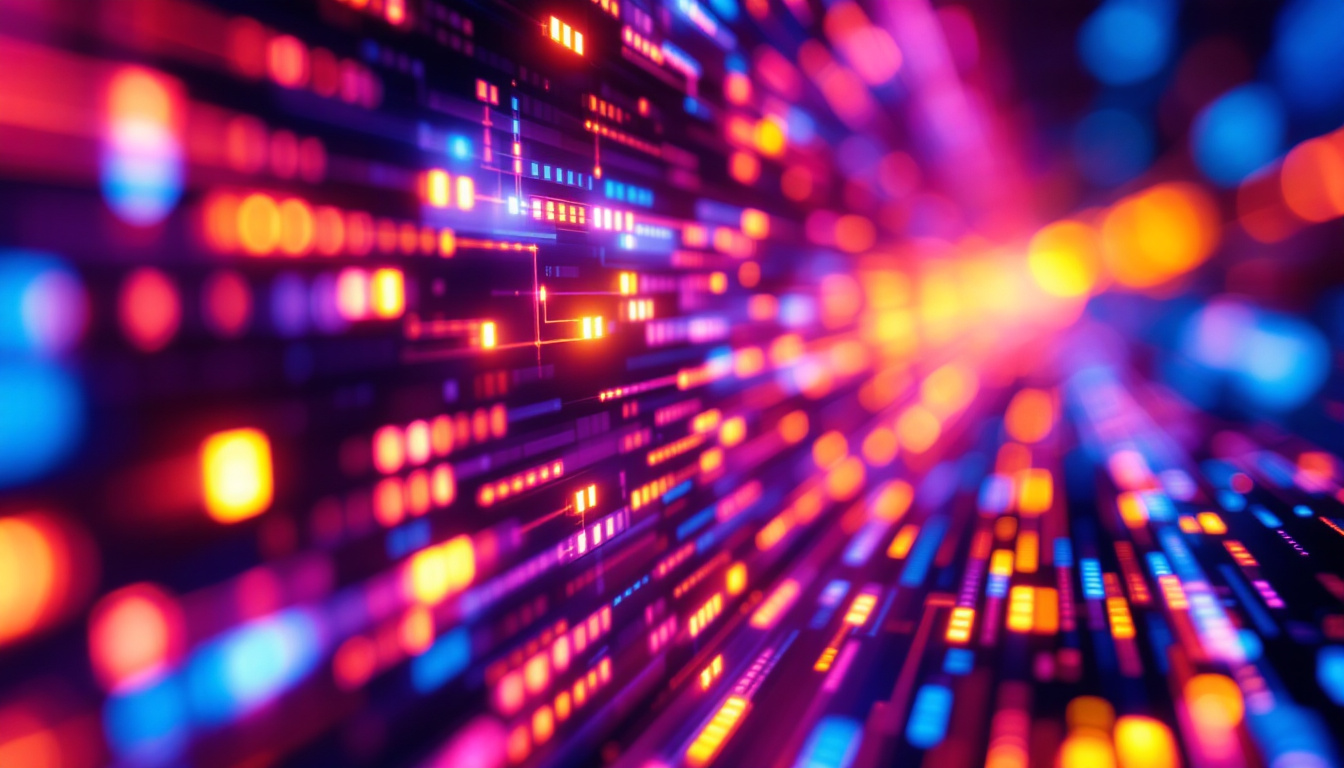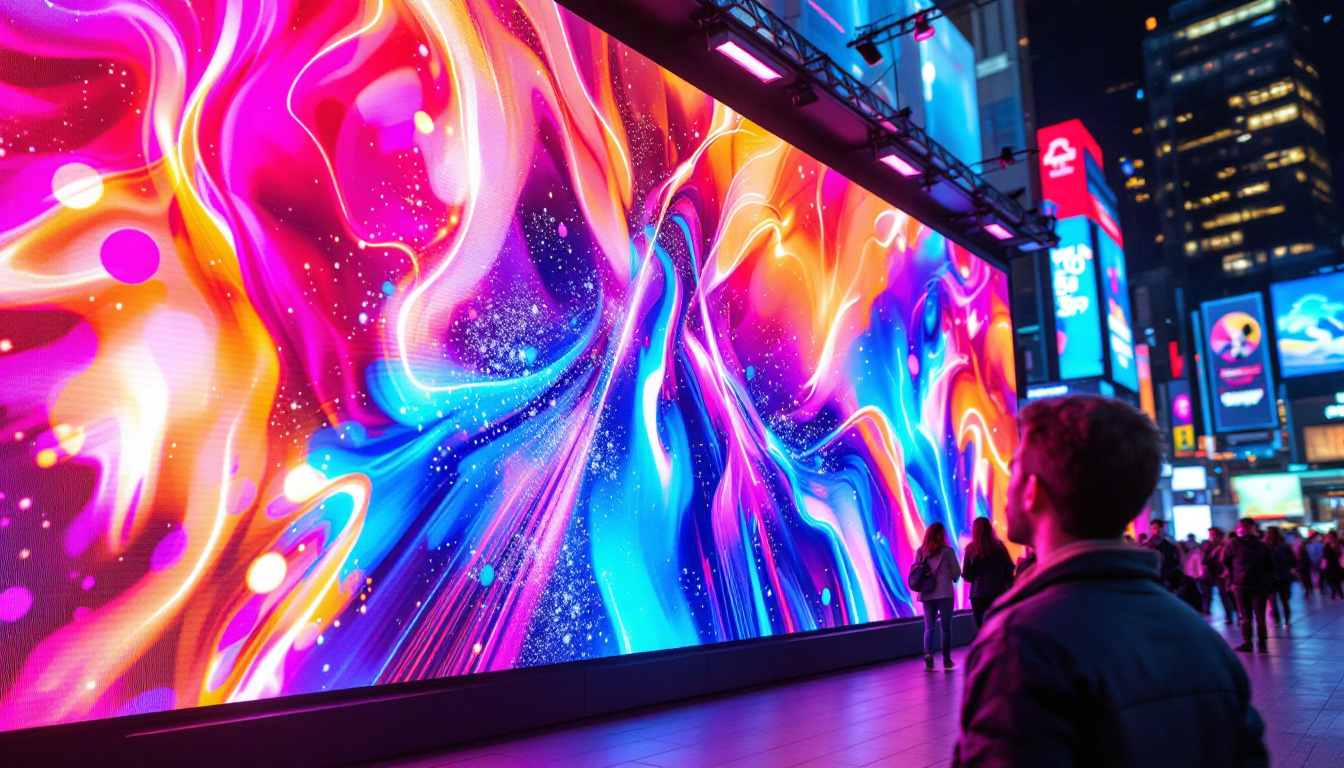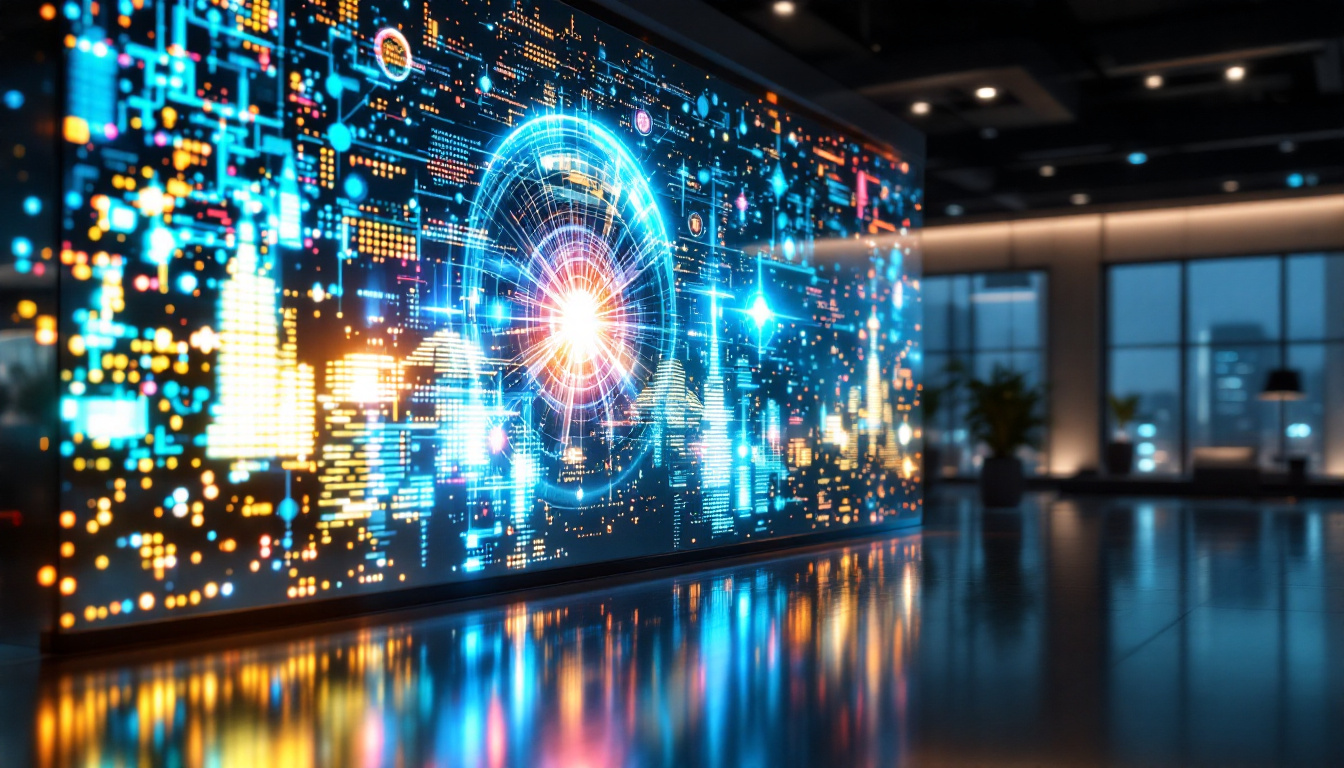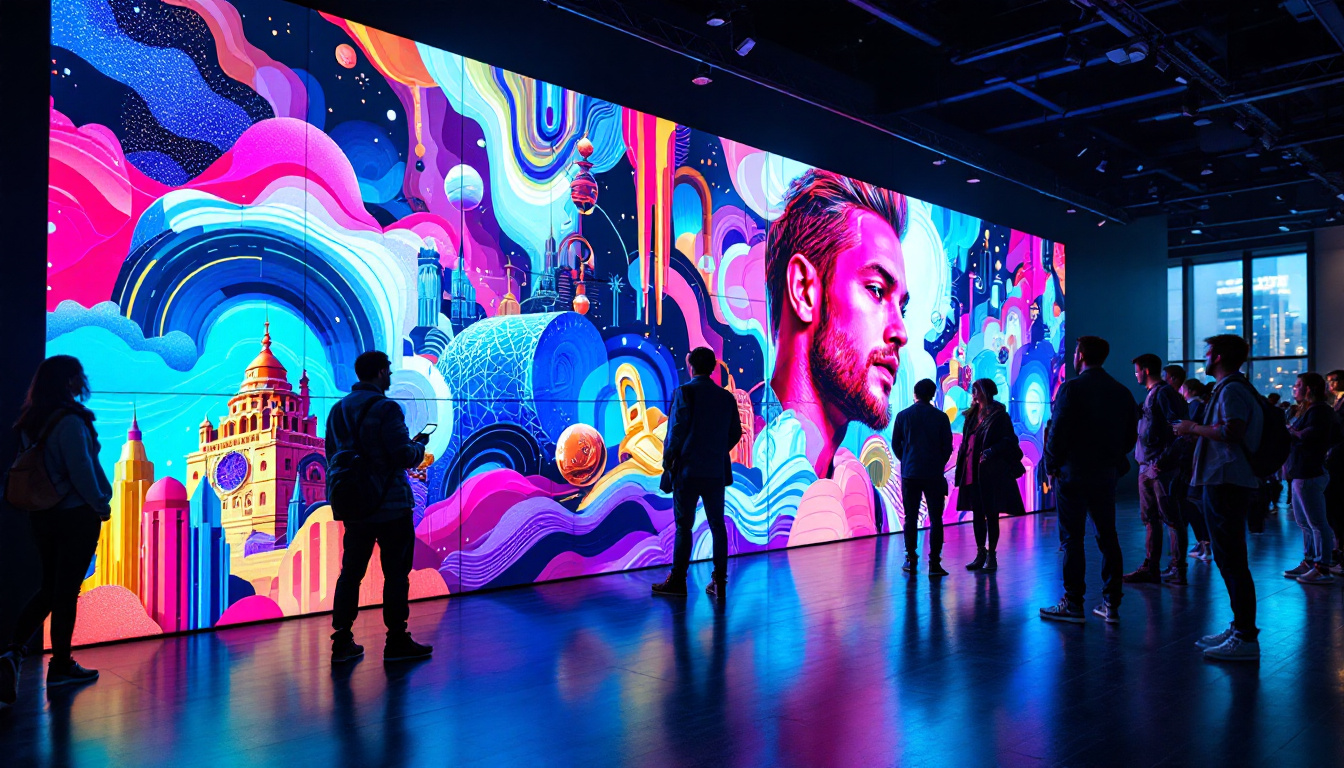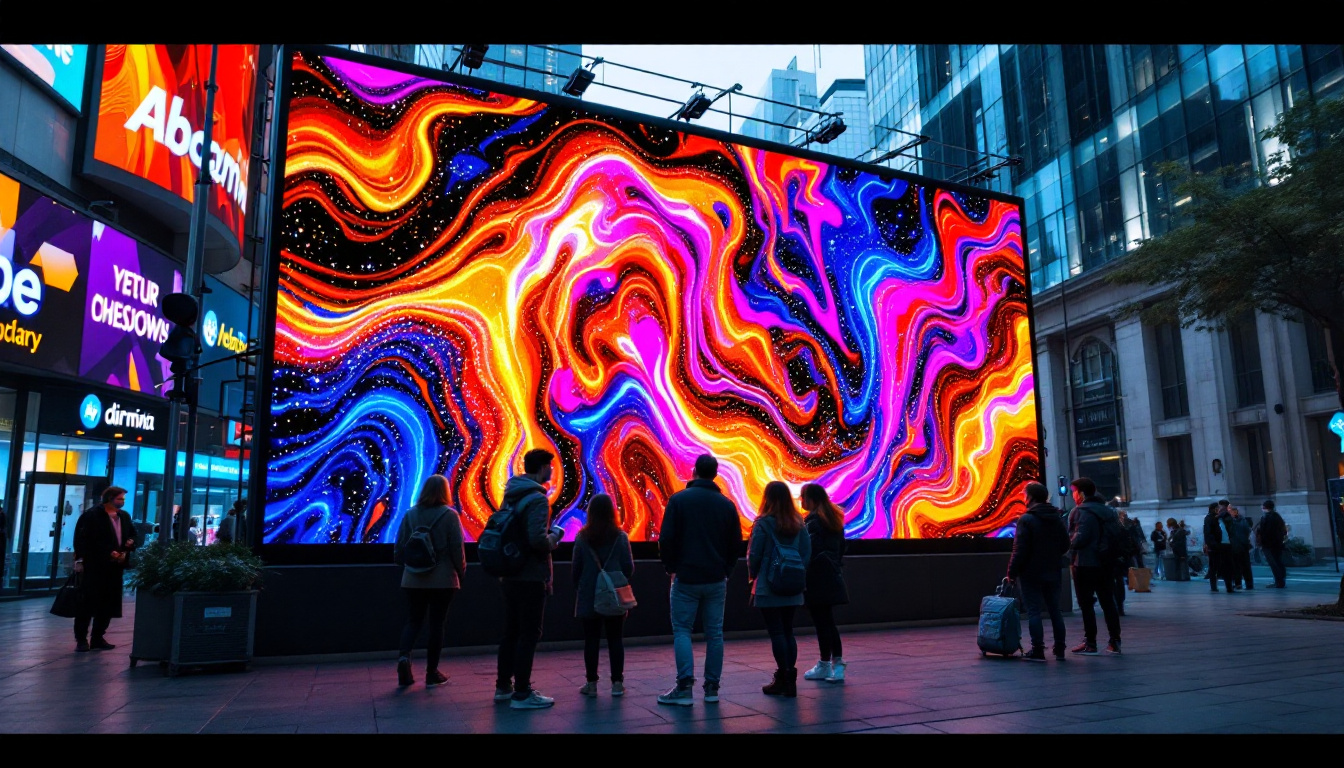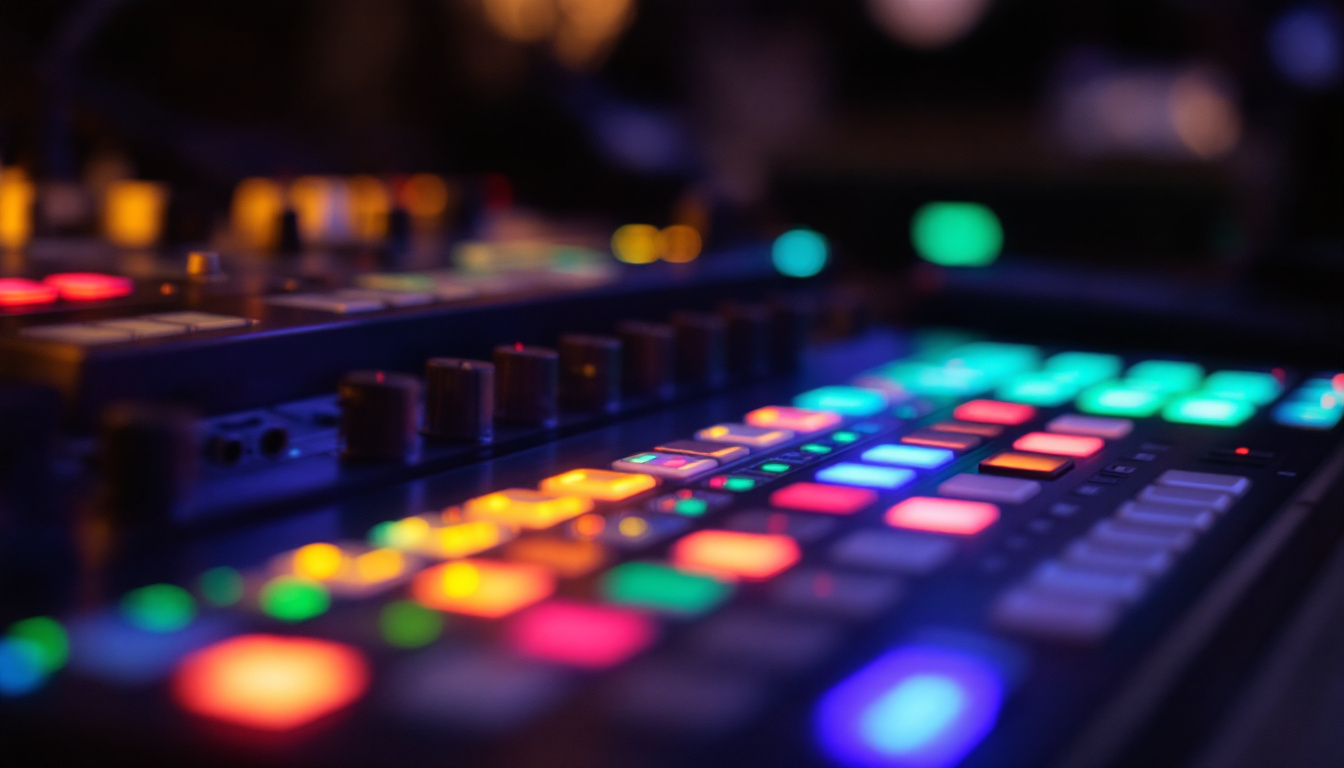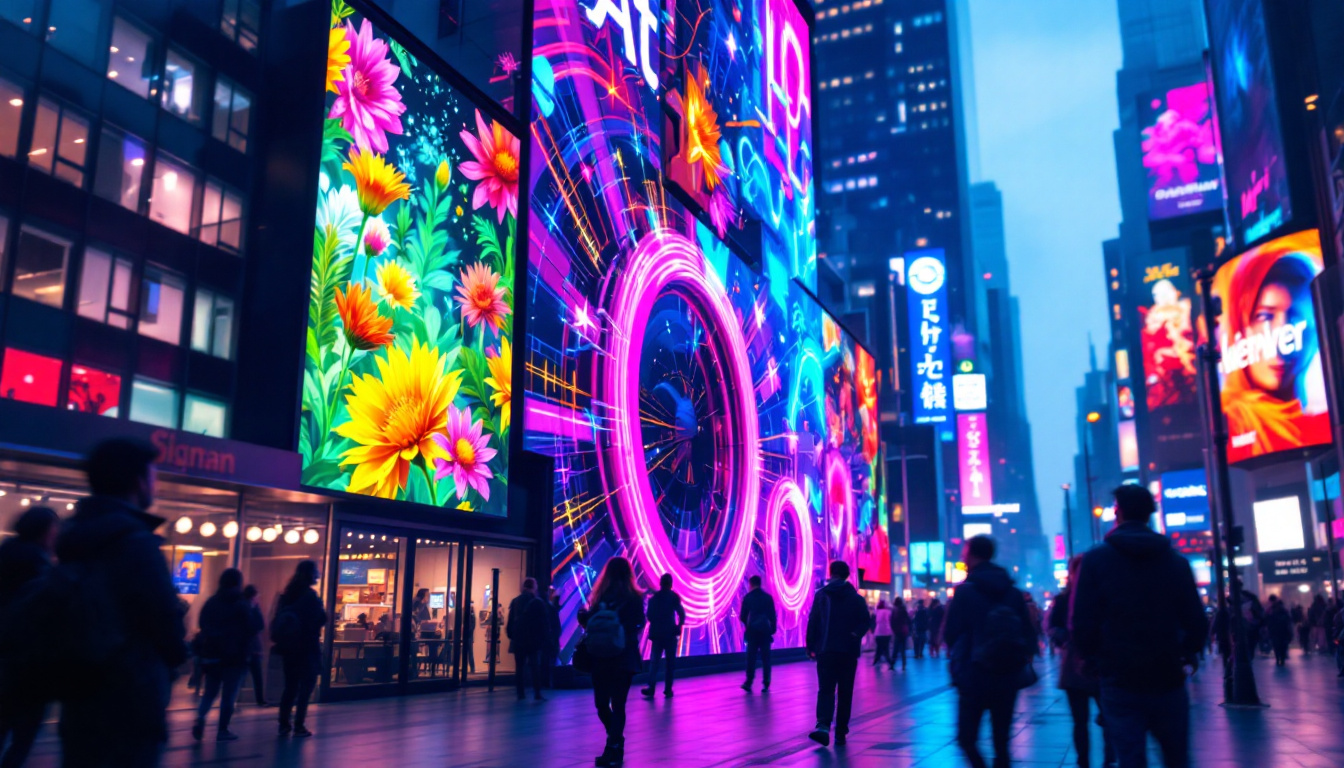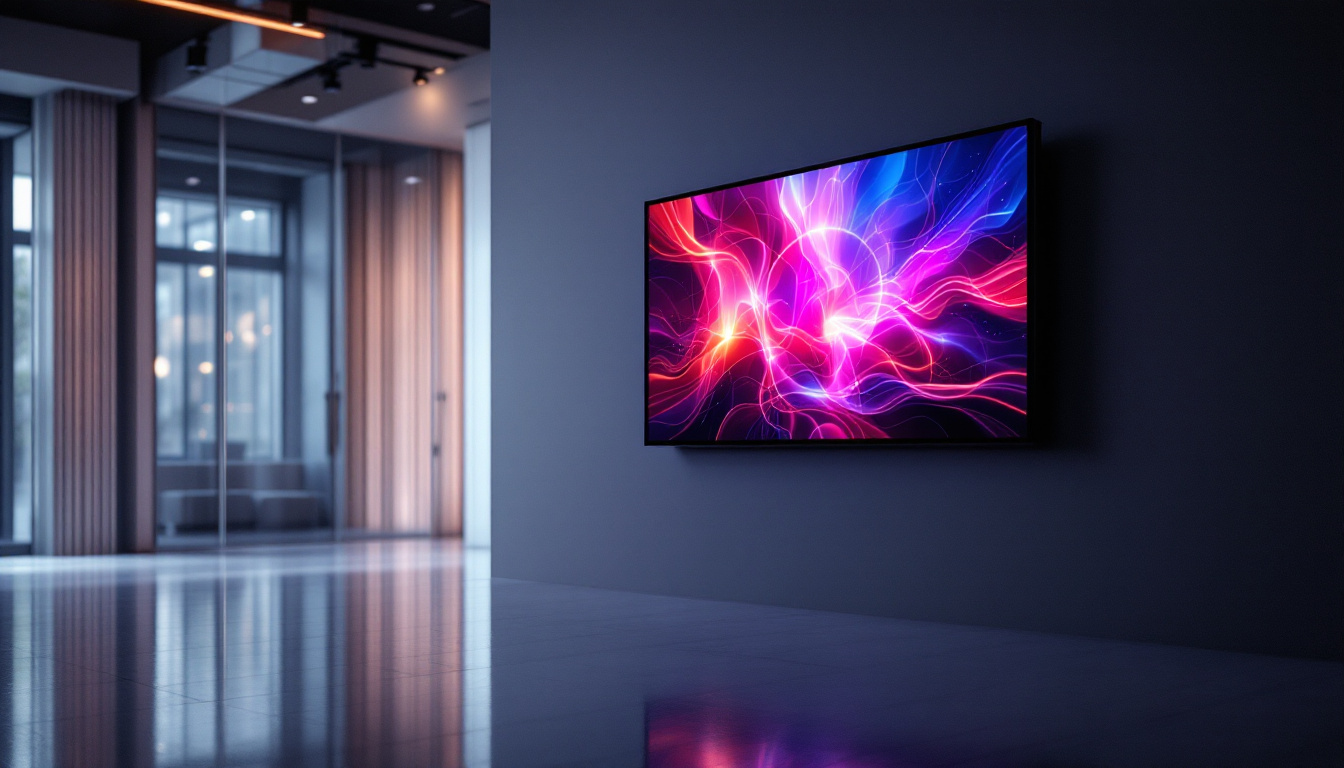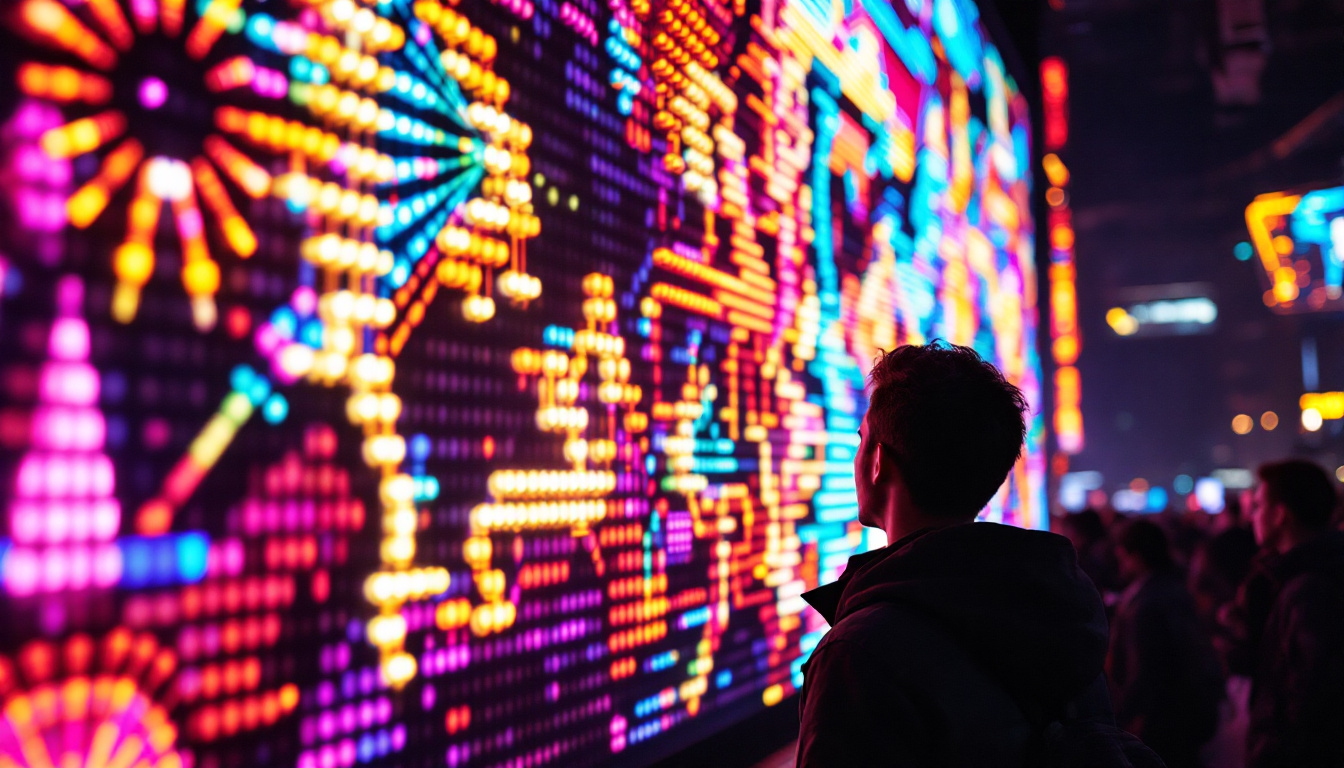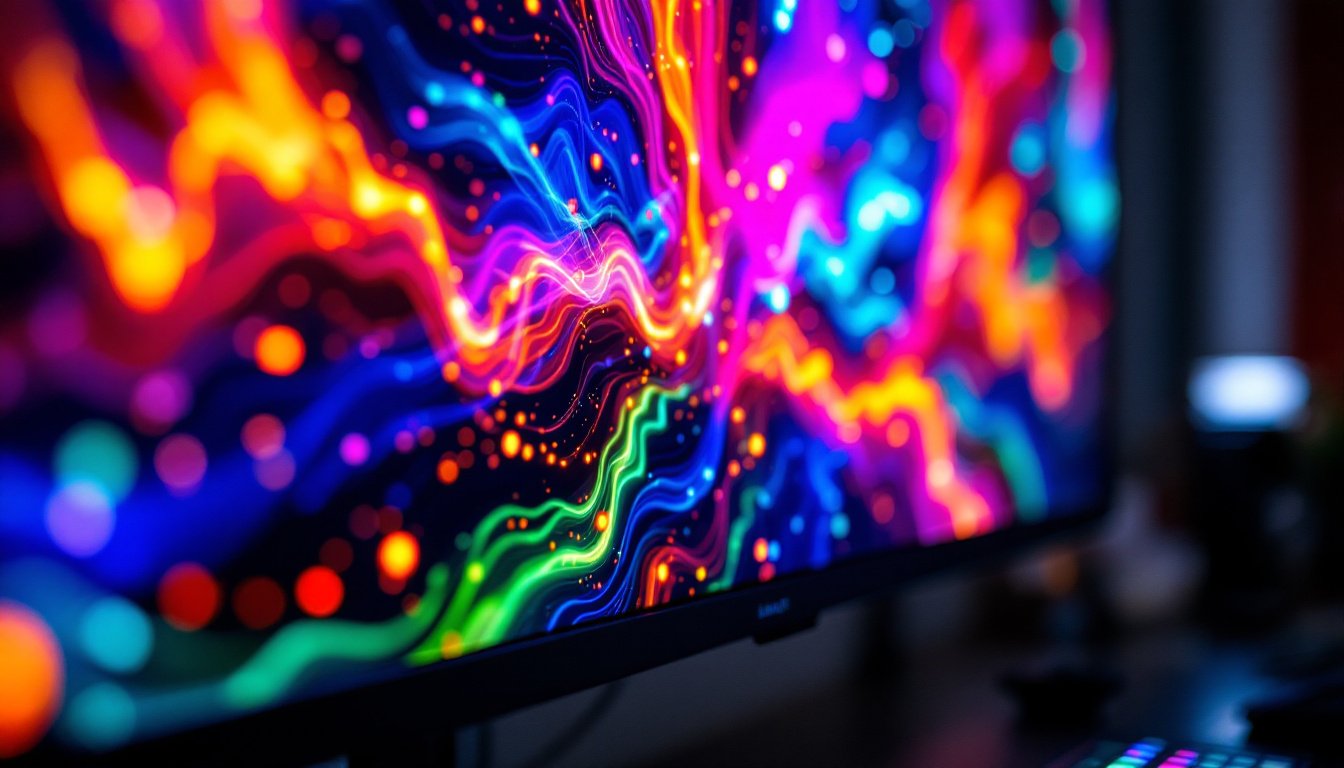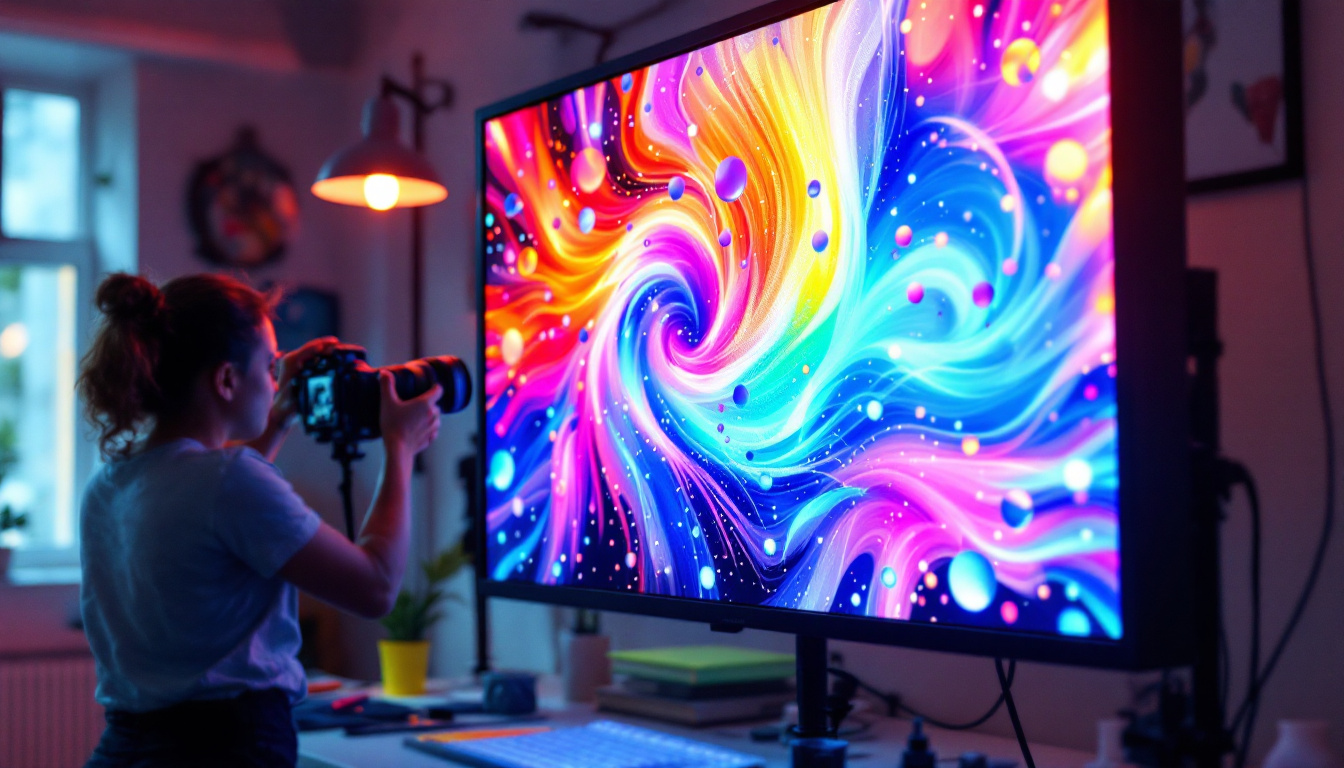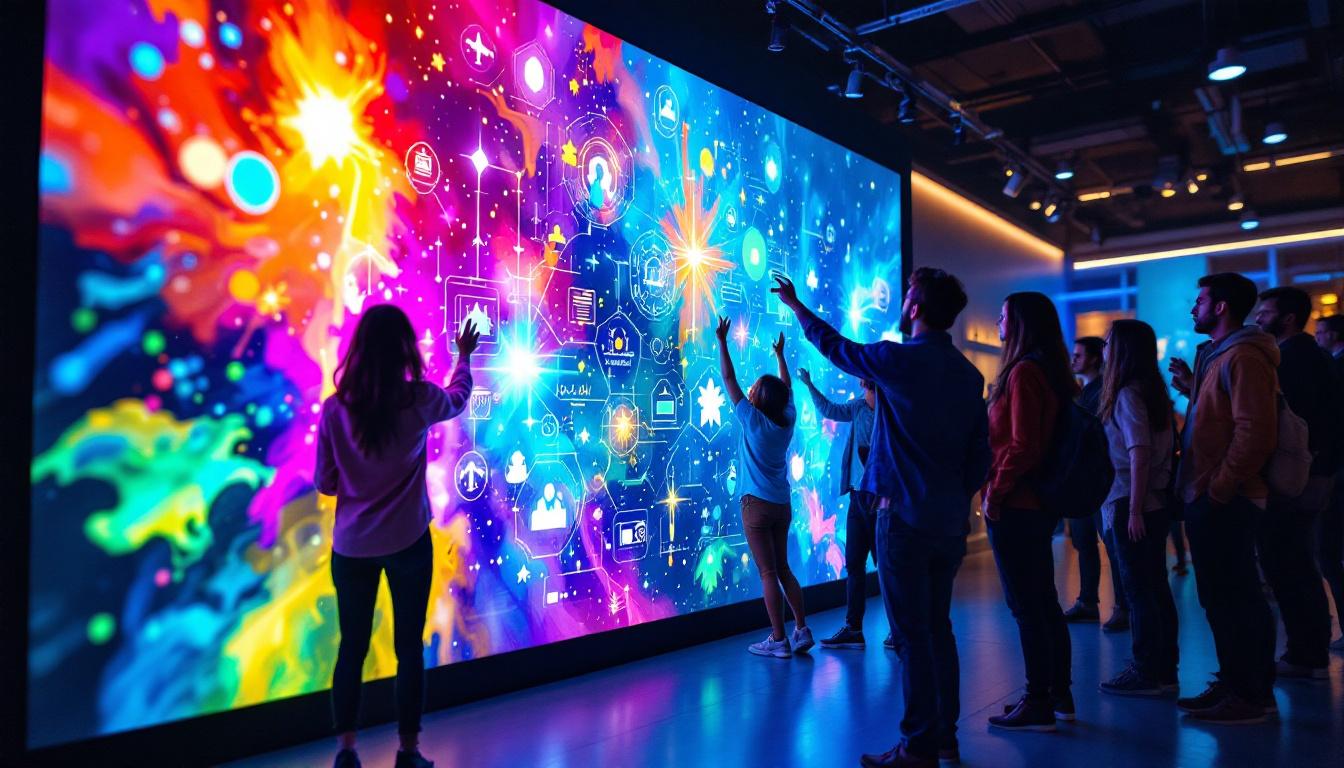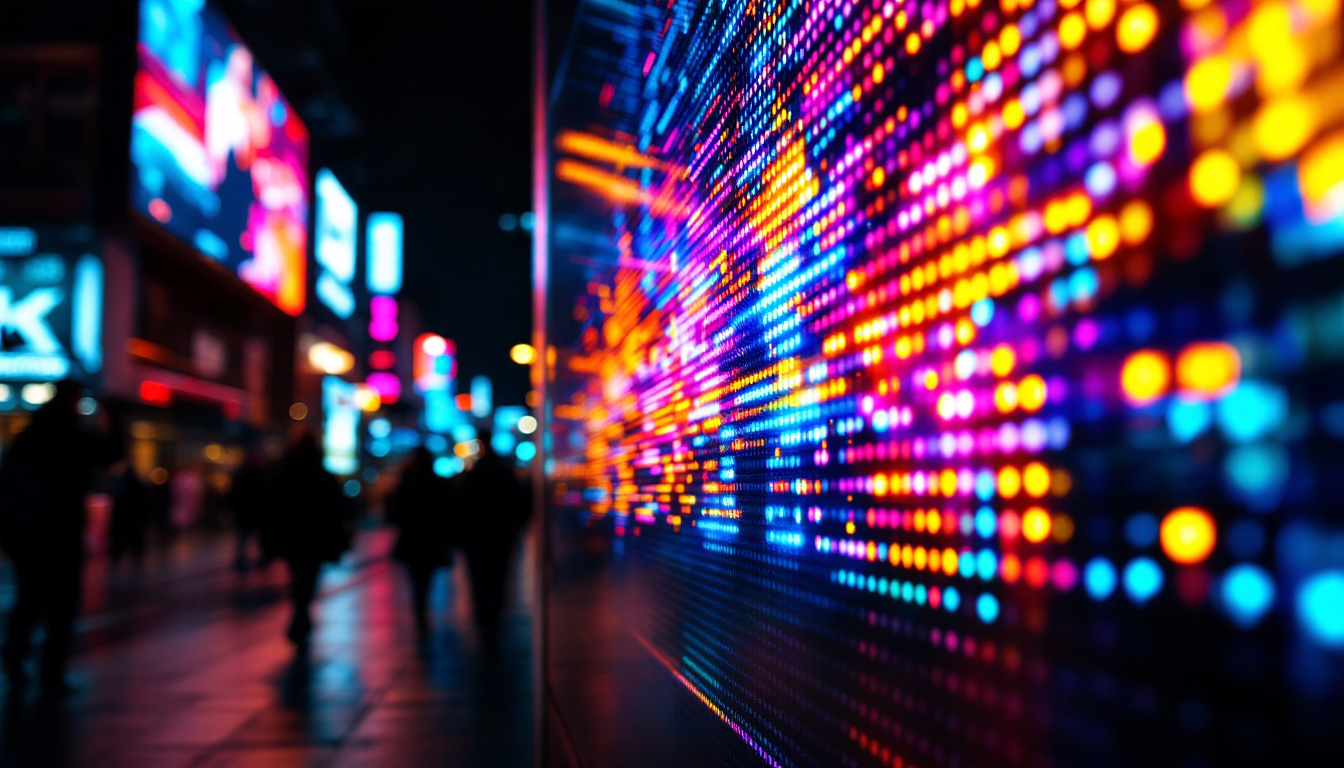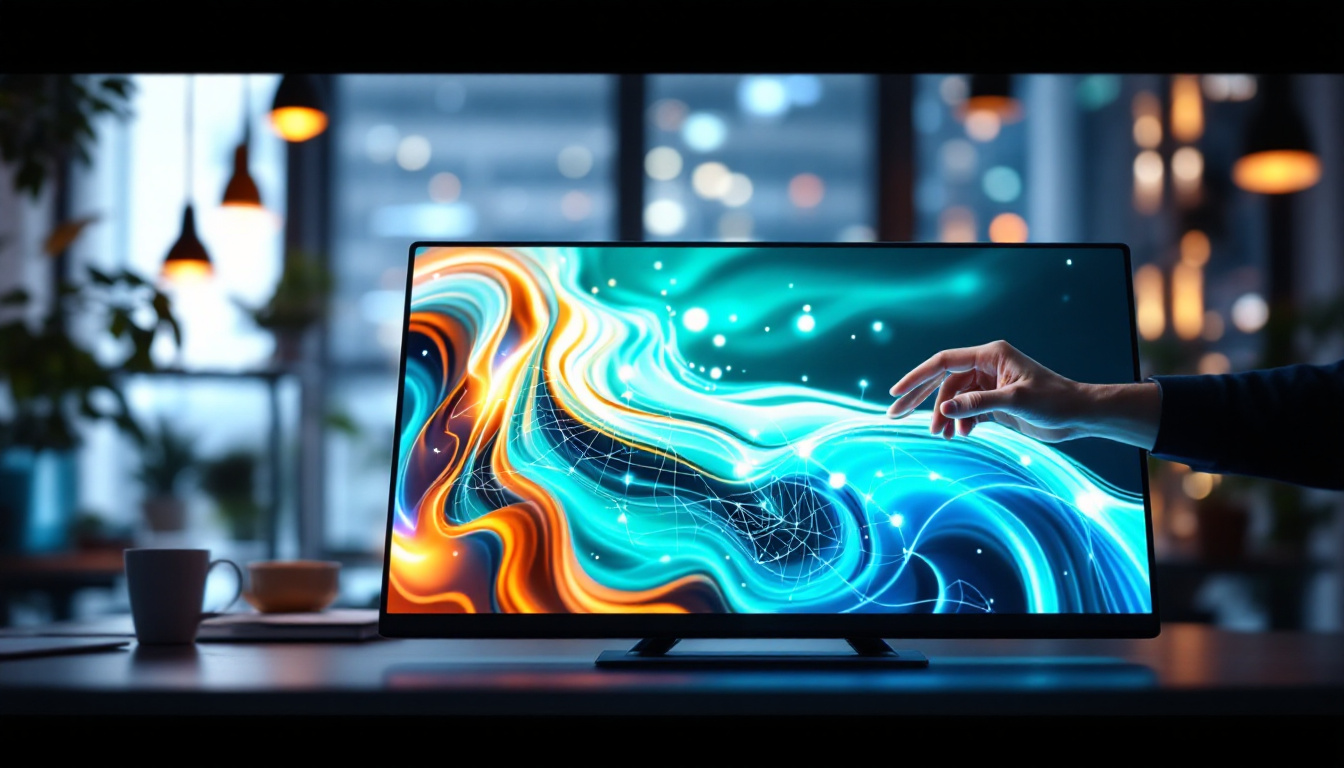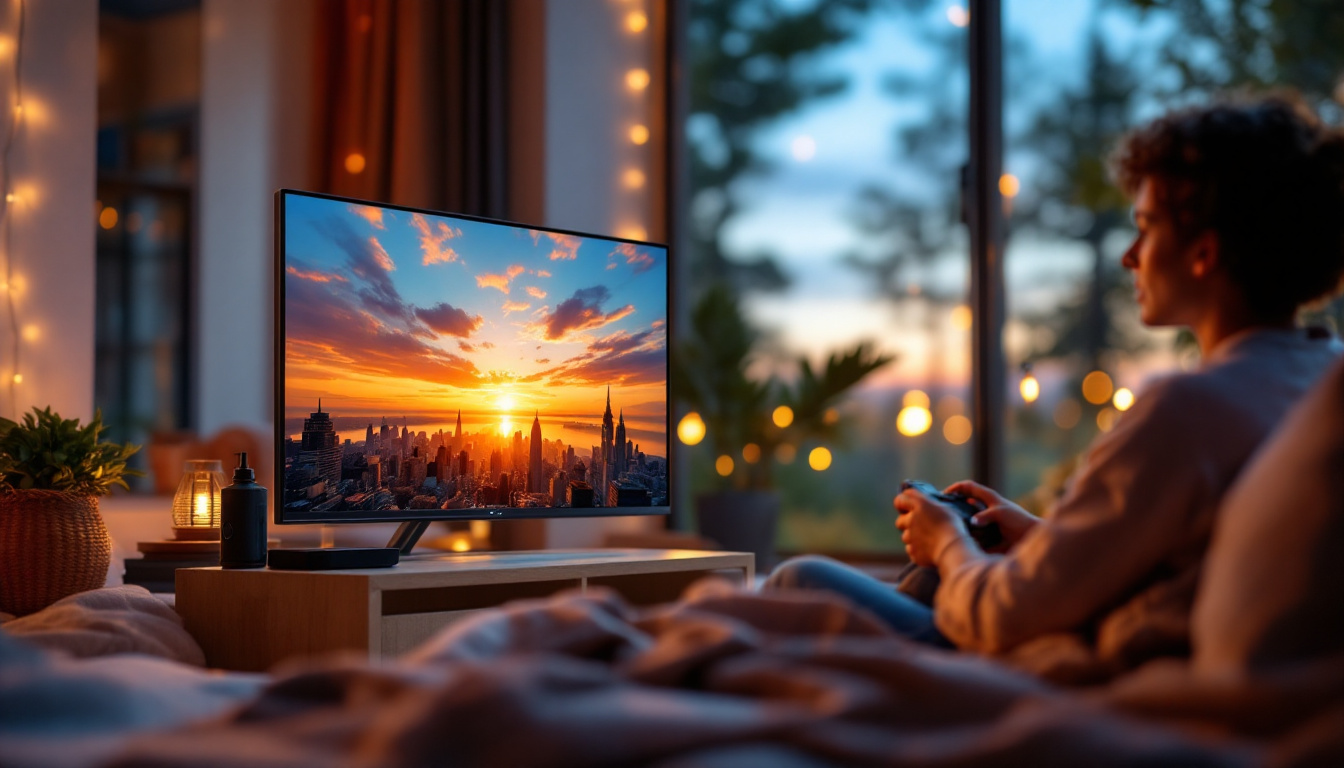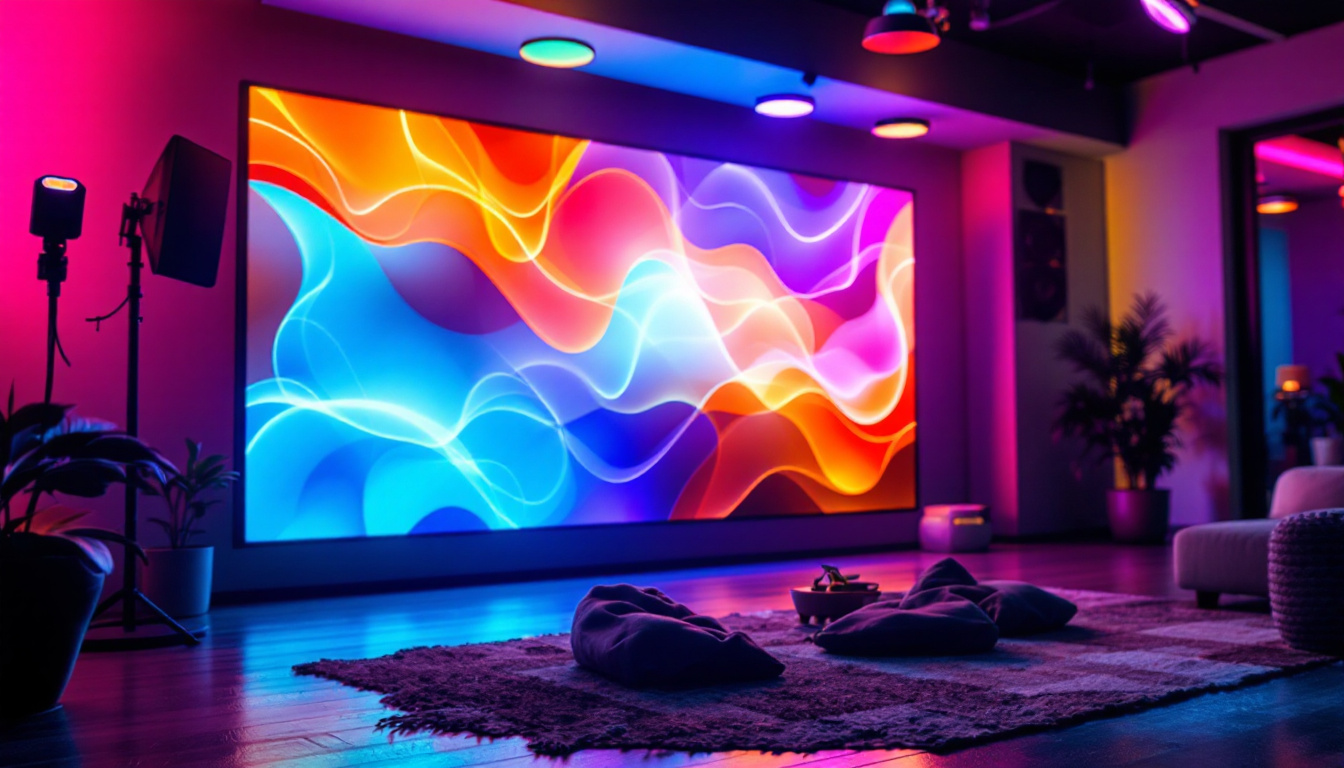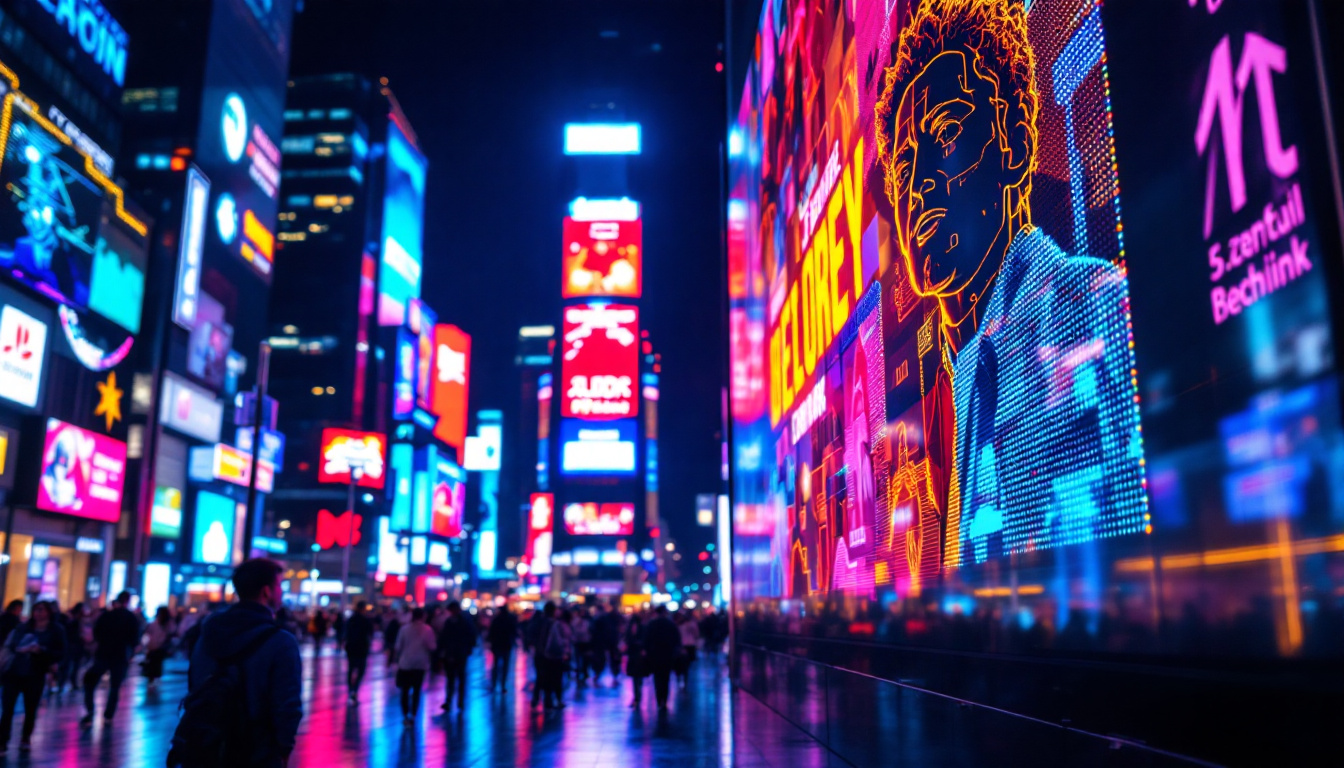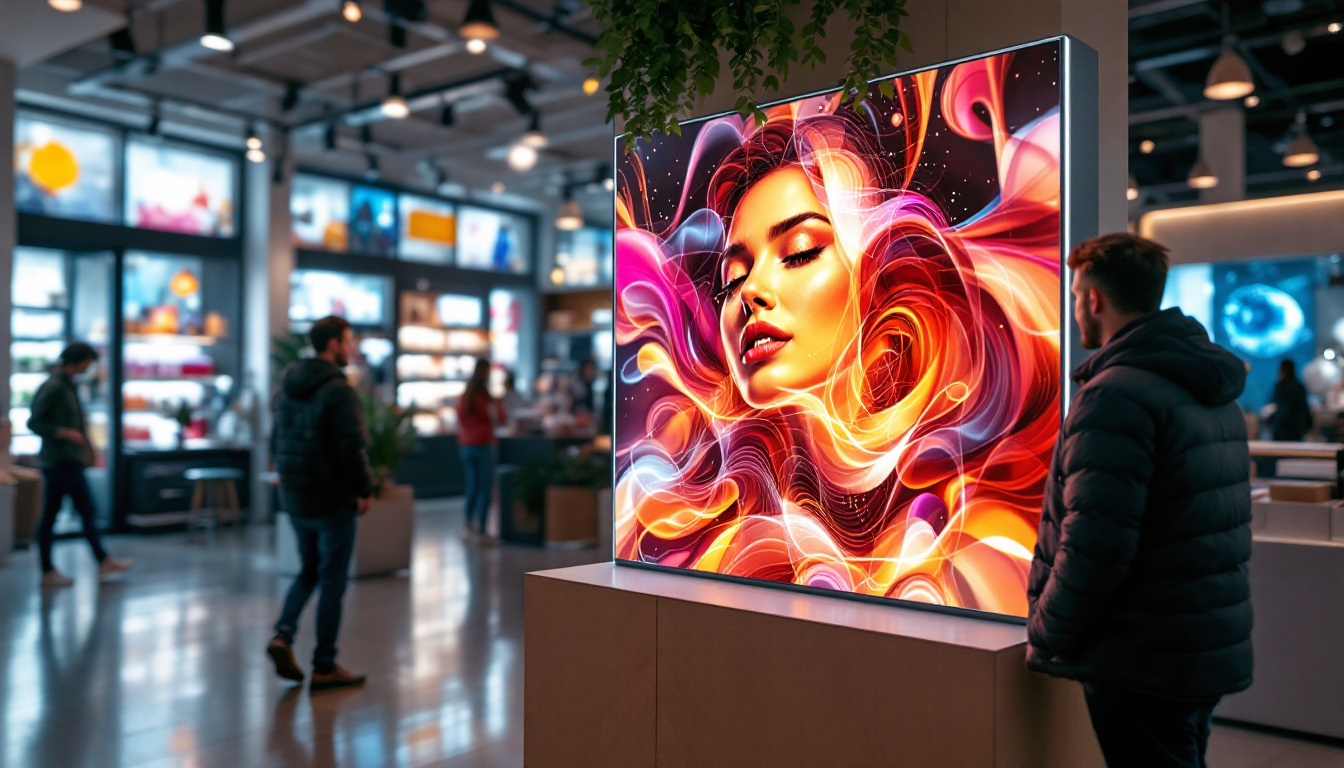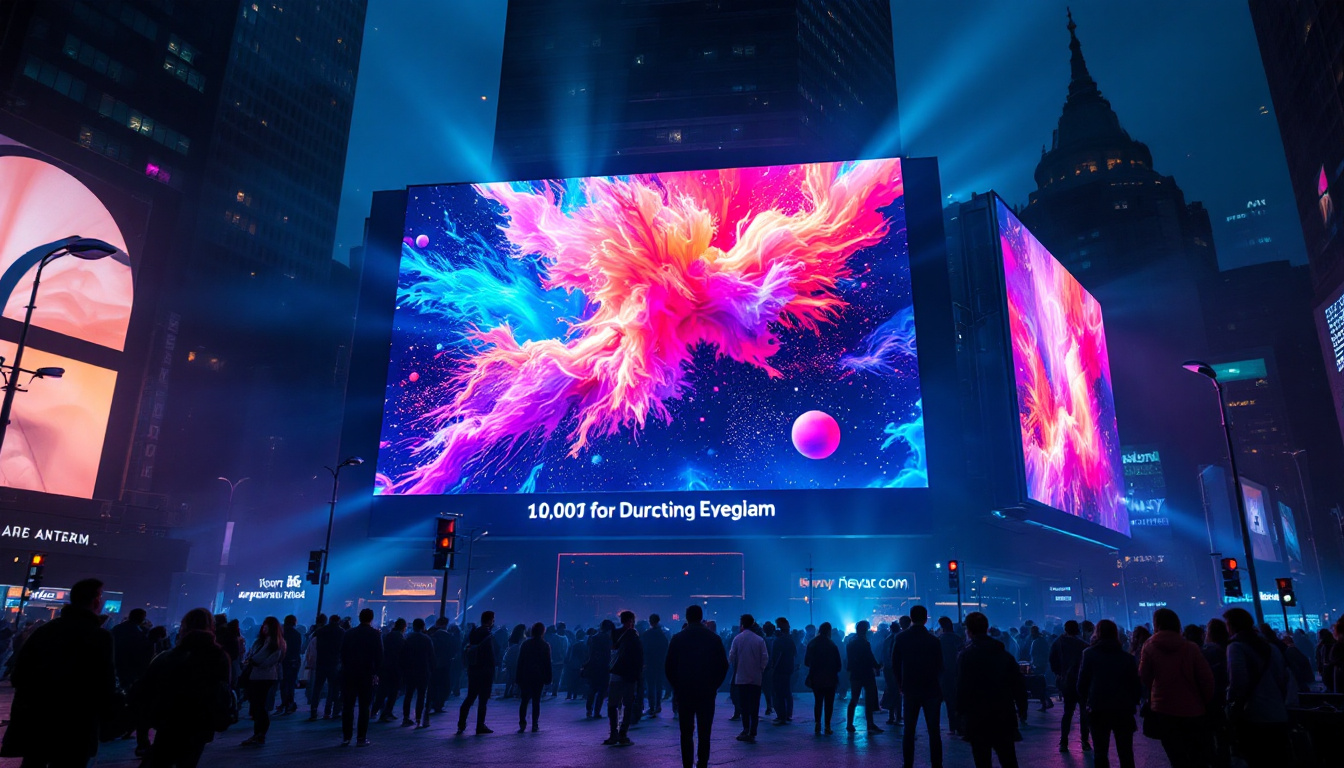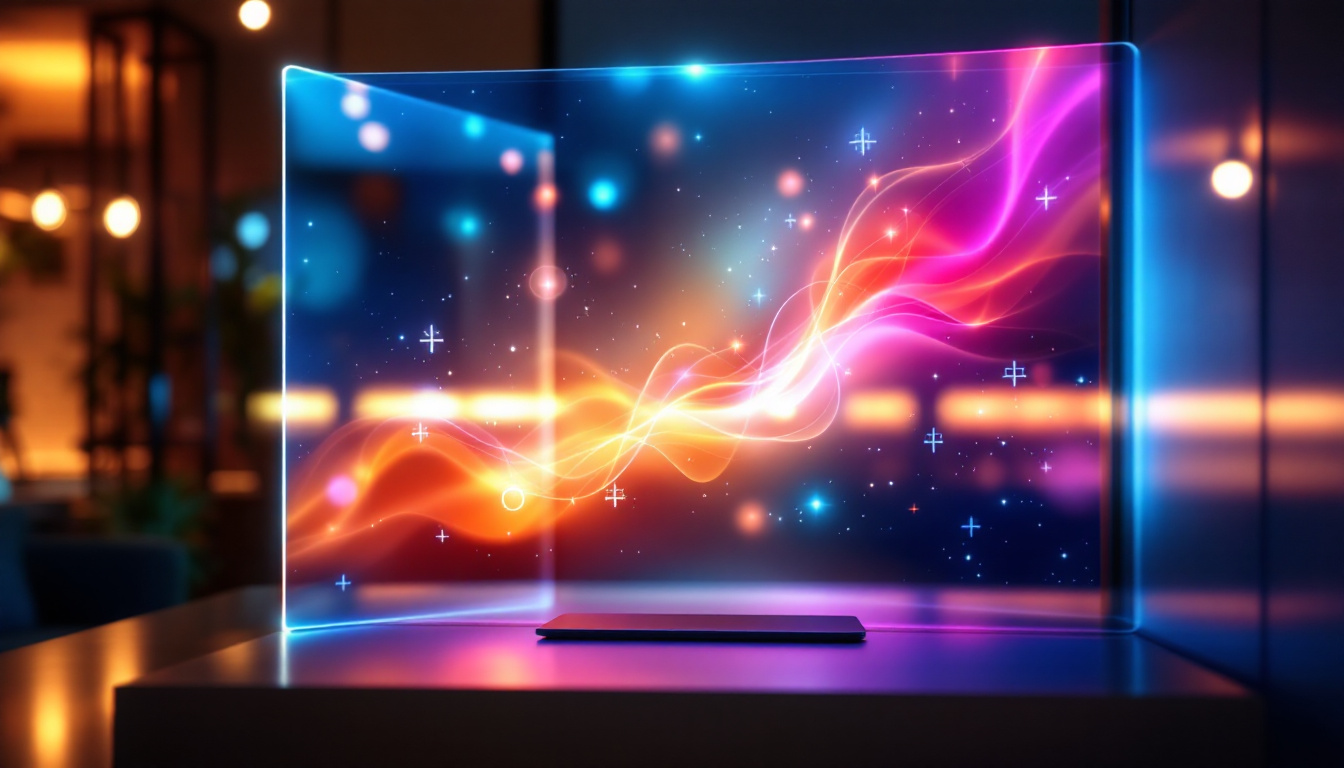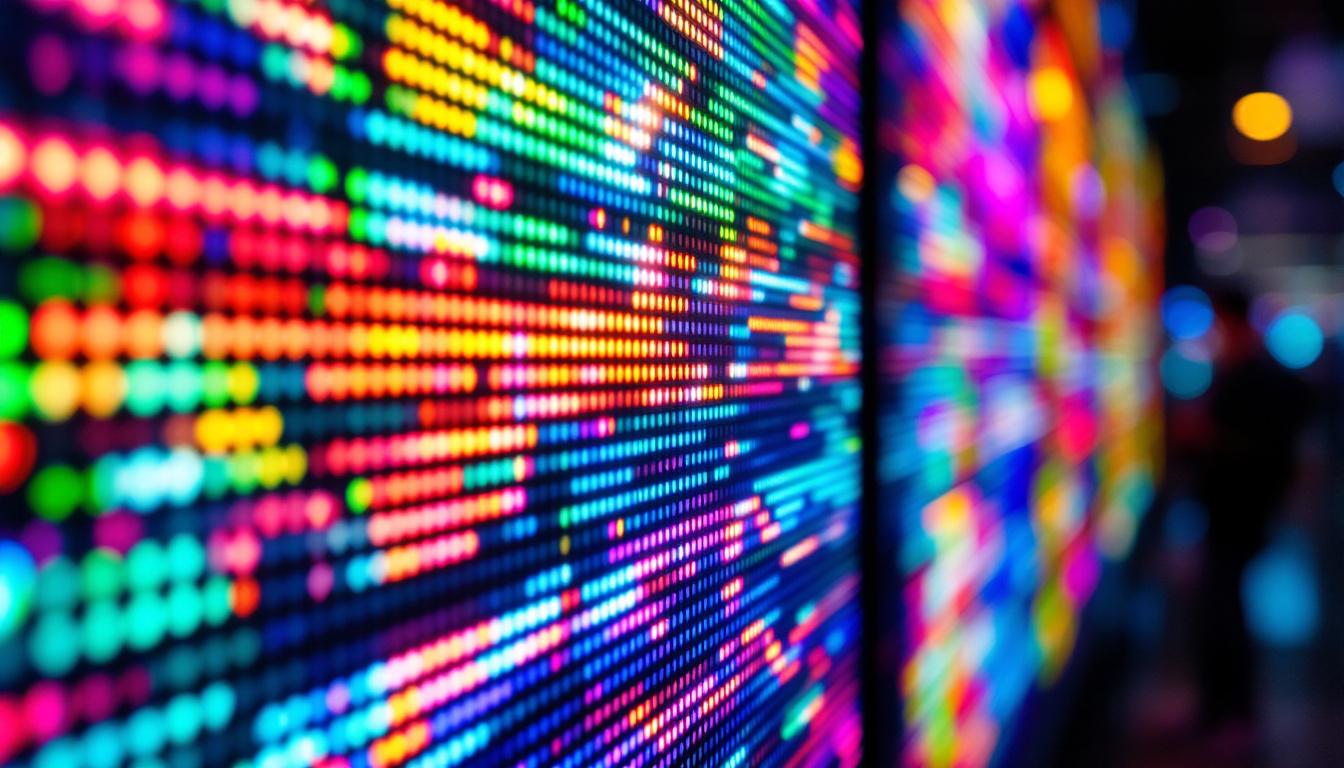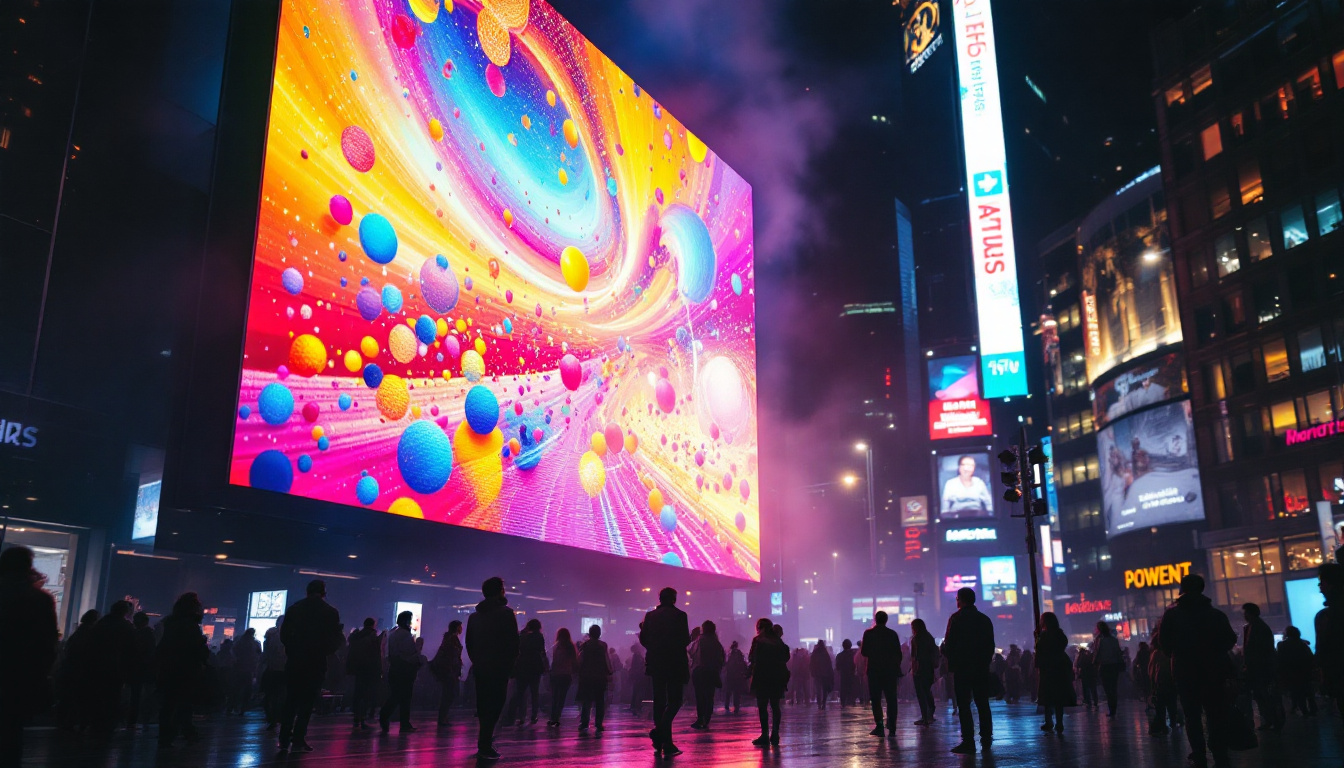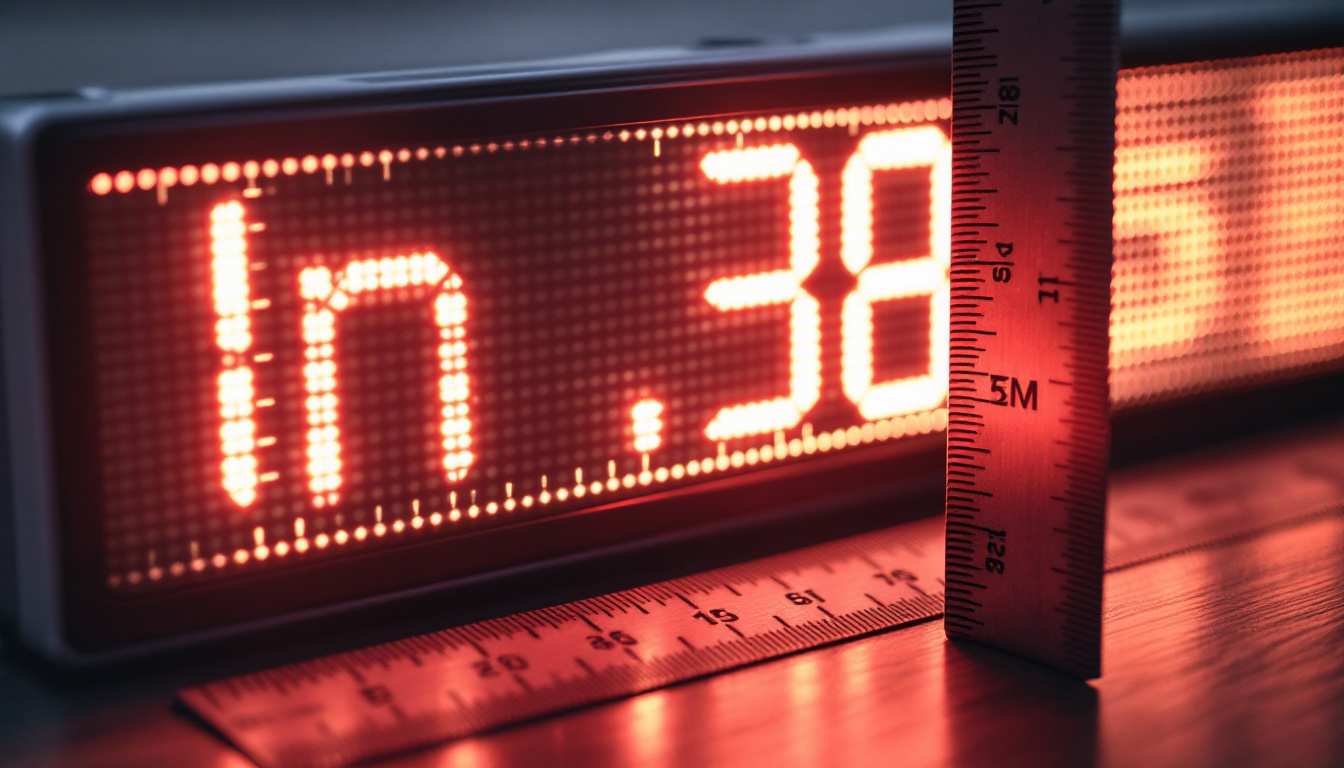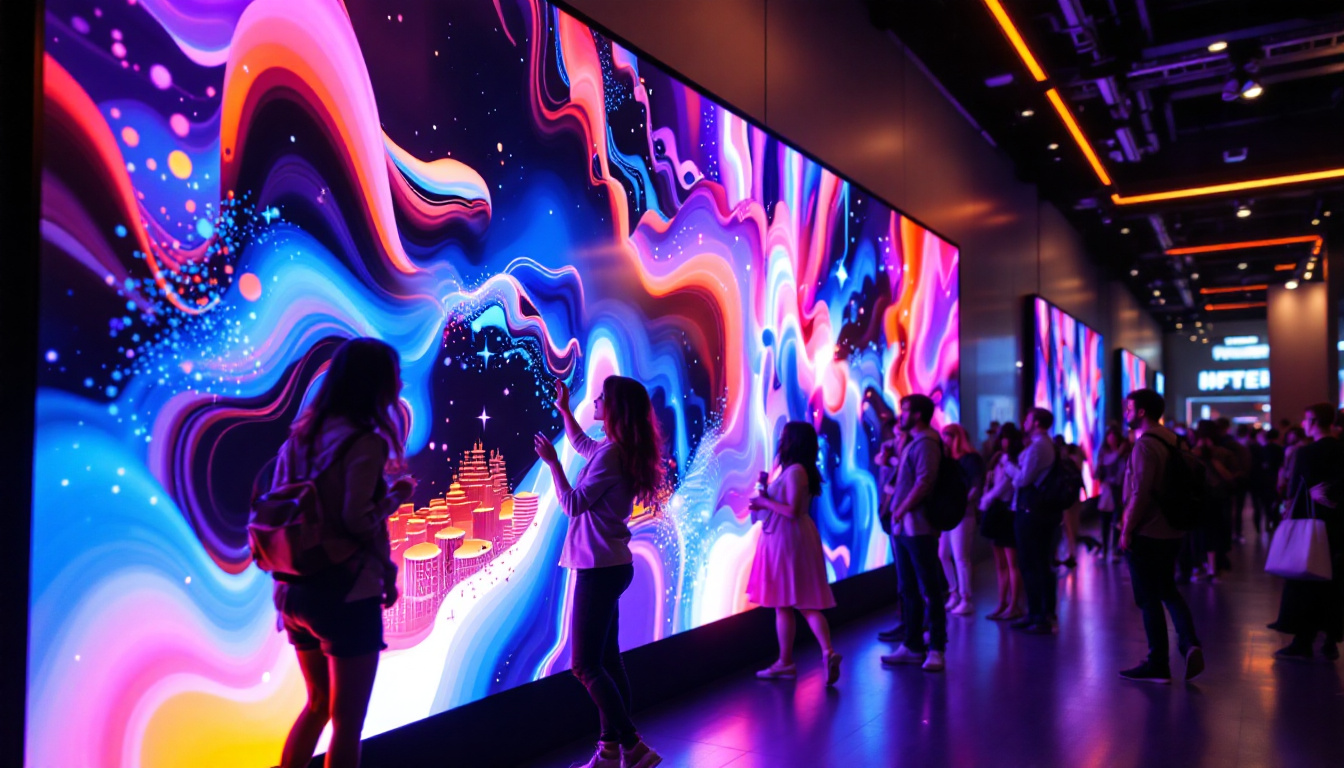In the ever-evolving world of technology, LED displays have carved a significant niche for themselves. From advertising billboards to television screens, their versatility and effectiveness have made them a go-to choice for many applications. This article delves into the intricacies of LED displays, exploring their technology, applications, and the future they hold.
Understanding LED Technology
LED, or Light Emitting Diode, is a semiconductor device that emits light when an electric current passes through it. This technology has revolutionized the way we think about lighting and displays, offering a more efficient and vibrant alternative to traditional incandescent bulbs and other display technologies. The rise of LED technology has not only transformed the consumer market but has also paved the way for innovations in various fields, including automotive lighting, architectural illumination, and even horticultural lighting, where specific wavelengths can promote plant growth.
The Science Behind LEDs
At the core of LED technology is the principle of electroluminescence. When electrons move through a semiconductor material, they release energy in the form of photons, which is visible light. The color of the emitted light depends on the materials used in the semiconductor. For instance, different combinations of gallium, arsenide, and phosphor can produce various colors, ranging from red to blue and everything in between. This versatility in color production is not only crucial for aesthetic applications but also for functional uses, such as in indicators and signaling devices, where different colors convey specific meanings.
This fundamental science allows for the creation of full-color LED displays by combining red, green, and blue (RGB) LEDs. By adjusting the intensity of each color, a wide spectrum of colors can be achieved, making LED displays incredibly vibrant and appealing. Moreover, advancements in technology have led to the development of high dynamic range (HDR) displays that leverage LED technology to produce deeper blacks and brighter whites, enhancing the overall viewing experience for consumers.
Types of LED Displays
LED displays come in various forms, each suited for different applications. The most common types include:
- Direct View LED Displays: These are typically used in large outdoor billboards and indoor screens. They consist of individual LED modules that can be arranged in various configurations. Their high brightness levels and durability make them ideal for advertising and public information displays, even in direct sunlight.
- LED Backlit Displays: Commonly found in televisions and computer monitors, these displays use LEDs as a backlight for an LCD panel, enhancing brightness and color accuracy. The introduction of edge-lit and full-array backlighting techniques has further improved contrast and uniformity across the screen, making them a popular choice for home entertainment.
- Organic LED (OLED) Displays: Utilizing organic compounds, OLEDs can produce their light, allowing for thinner screens and better contrast ratios. They are widely used in high-end televisions and smartphones. The flexibility of OLED technology also enables the creation of curved and foldable displays, pushing the boundaries of design and functionality in consumer electronics.
In addition to these common types, there are also specialized LED displays designed for niche markets. For instance, transparent LED displays are gaining traction in retail environments, allowing for eye-catching advertisements while maintaining visibility of the products behind them. Similarly, flexible LED panels are being explored for innovative applications in architecture and interior design, where they can be integrated into various surfaces to create dynamic lighting effects.
Applications of LED Displays
The versatility of LED displays has led to their adoption across various sectors. Their ability to produce bright, colorful images makes them ideal for numerous applications.
Advertising and Marketing
One of the most prominent uses of LED displays is in advertising. digital billboards and signage can capture attention more effectively than traditional posters. With the ability to change messages quickly and display dynamic content, advertisers can engage consumers in innovative ways.
Moreover, LED displays can be programmed to show different advertisements at different times of the day, allowing for targeted marketing strategies. This flexibility can significantly enhance the return on investment for businesses.
Entertainment and Events
In the entertainment industry, LED displays are ubiquitous. Concerts, festivals, and sporting events utilize large LED screens to enhance the audience’s experience. These displays can provide live feeds, graphics, and animations, creating an immersive environment.
Additionally, LED technology has found its way into stage productions, where it is used for backdrops and set designs. The ability to create vibrant visuals that can change in real-time adds a dynamic element to performances.
Information and Communication
LED displays are also widely used for information dissemination. Transportation hubs, such as airports and train stations, utilize LED screens to provide real-time updates on schedules, delays, and other important information. This ensures that travelers are well-informed and can make timely decisions.
Furthermore, LED displays are commonly found in corporate settings, where they can be used for presentations and internal communications. Their clarity and brightness make them suitable for large conference rooms and auditoriums.
The Advantages of LED Displays
LED displays offer numerous advantages over traditional display technologies. Understanding these benefits can help businesses and consumers make informed decisions when selecting display solutions.
Energy Efficiency
One of the most significant advantages of LED technology is its energy efficiency. LED displays consume significantly less power than traditional incandescent or fluorescent displays. This not only reduces electricity costs but also minimizes the environmental impact, making them a more sustainable choice.
In fact, studies have shown that LED displays can use up to 75% less energy than conventional lighting solutions. This efficiency is particularly beneficial for large installations, such as billboards or stadium screens, where energy costs can be substantial.
Longevity and Durability
LED displays are known for their longevity. With a lifespan of up to 100,000 hours, they outlast many other display technologies. This durability is particularly advantageous for outdoor applications, where exposure to the elements can shorten the lifespan of traditional displays.
Moreover, LED displays are less prone to damage from shocks and vibrations, making them suitable for a variety of environments, from bustling city streets to concert stages.
High-Quality Visuals
LED displays are renowned for their exceptional image quality. They offer high brightness levels, vibrant colors, and excellent contrast ratios. This makes them ideal for applications where visibility is crucial, such as outdoor advertising or live events.
Furthermore, the ability to create high-resolution displays allows for detailed graphics and text, enhancing the overall viewing experience. This quality is particularly important in competitive environments, where capturing attention is essential.
Challenges and Considerations
While LED displays offer numerous advantages, there are also challenges and considerations that users must keep in mind. Understanding these factors can help in making informed decisions regarding LED technology.
Initial Costs
One of the primary challenges associated with LED displays is the initial cost. Although prices have decreased significantly over the years, high-quality LED displays can still represent a substantial investment. Businesses must weigh the upfront costs against the long-term savings in energy and maintenance.
For many, the return on investment can justify the initial expenditure, especially when considering the longevity and efficiency of LED technology. However, careful budgeting and planning are essential to ensure that the investment aligns with business goals.
Heat Management
LED displays generate heat during operation, which can impact their performance and lifespan. Proper heat management is crucial to ensure optimal functioning. This may involve incorporating cooling systems or ensuring adequate ventilation in the installation environment.
Failure to manage heat can lead to reduced brightness, color accuracy, and overall display performance. Therefore, understanding the thermal characteristics of LED displays is essential for maintaining their longevity and effectiveness.
Viewing Angles and Distance
Another consideration is the viewing angle and distance. While LED displays offer excellent brightness and color, their visibility can be affected by the angle from which they are viewed. This is particularly important for large outdoor displays, where viewers may be positioned at various distances and angles.
To address this, manufacturers often design LED displays with specific pixel pitches and configurations to optimize viewing angles. Understanding the intended application and audience can help in selecting the right display for the desired environment.
The Future of LED Displays
As technology continues to advance, the future of LED displays looks promising. Innovations in materials, design, and functionality are paving the way for even more exciting applications and enhancements.
MicroLED Technology
One of the most significant developments in LED technology is MicroLED. This emerging technology involves using tiny individual LEDs to create displays with exceptional resolution and color accuracy. MicroLED displays can offer better contrast ratios and energy efficiency compared to traditional LED displays.
Additionally, MicroLED technology allows for flexible and customizable display configurations, enabling new possibilities in design and application. As this technology matures, it is expected to revolutionize various sectors, from consumer electronics to large-scale advertising.
Integration with Smart Technology
The integration of LED displays with smart technology is another trend shaping the future. As the Internet of Things (IoT) continues to grow, LED displays are becoming smarter, allowing for real-time data integration and interactive capabilities.
This integration can enhance user experiences, providing personalized content based on viewer preferences and behaviors. For instance, smart billboards can adjust their advertisements based on the demographics of passersby, creating a more targeted marketing approach.
Sustainability Initiatives
As sustainability becomes a priority for many businesses and consumers, the LED industry is also focusing on eco-friendly practices. This includes using recyclable materials in manufacturing, reducing energy consumption, and implementing responsible disposal methods.
Future innovations may lead to even more sustainable LED solutions, aligning with global efforts to minimize environmental impact. As consumers become increasingly conscious of their choices, sustainable LED displays are likely to gain traction in the market.
Conclusion
LED displays have transformed the landscape of visual technology, offering vibrant, energy-efficient, and durable solutions for various applications. From advertising to entertainment, their versatility continues to drive innovation and engagement.
While challenges exist, such as initial costs and heat management, the advantages of LED technology far outweigh these concerns. As the industry evolves, advancements such as MicroLED technology and smart integrations promise to enhance the capabilities of LED displays even further.
In a world where visual communication is paramount, LED displays are poised to remain at the forefront, illuminating the future with endless possibilities.
Illuminate Your Space with LumenMatrix
As you’ve seen, LED displays are pivotal in today’s visual technology landscape, offering unparalleled vibrancy, efficiency, and durability. If you’re looking to elevate your brand’s presence or create immersive visual experiences, look no further than LumenMatrix. Our extensive range of innovative LED display solutions, from Indoor and Outdoor LED Walls to Custom and All-in-One LED Displays, is designed to captivate and engage your audience. We invite you to check out LumenMatrix LED Display Solutions and join us in shaping the future of visual communication.

